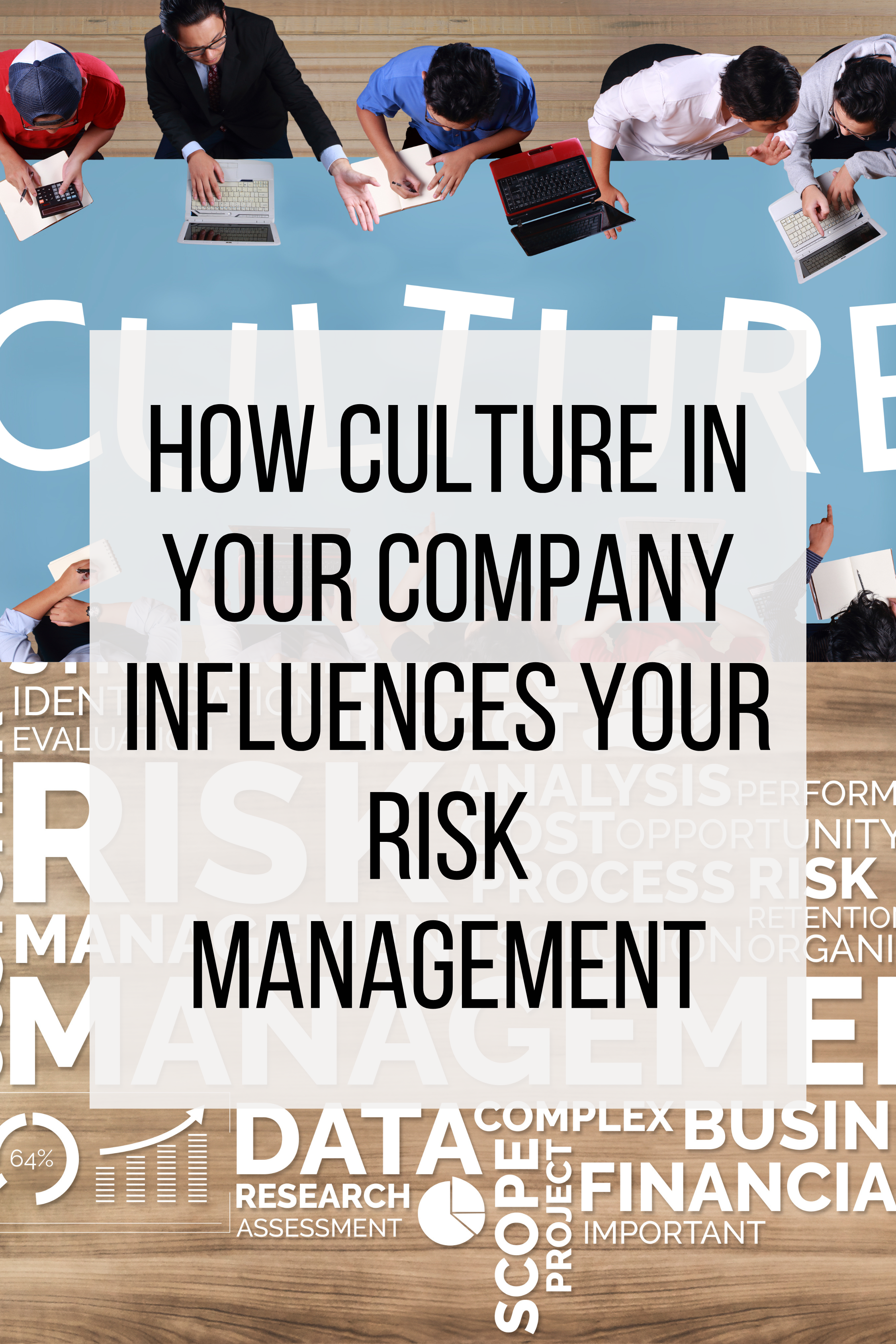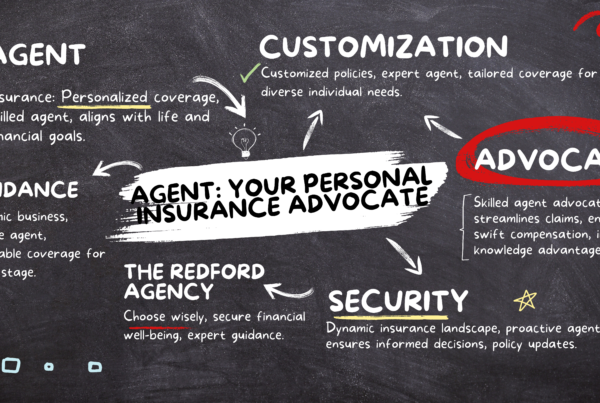
In the dynamic landscape of today’s business world, the interplay between corporate culture and risk management is a crucial determinant of success. Let’s delve into the essential elements of culture and risk management, exploring how their synergy shapes the fate of organizations.
Culture: The DNA of Your Company
- Leadership Values and Ethics
A study by Deloitte found that 94% of executives believe a strong ethical culture is crucial for business success. The values set by leadership lay the foundation for a company’s culture, influencing employee behavior and decision-making.
- Communication and Transparency
Transparency is not just a buzzword; it’s a cornerstone of a healthy culture. According to a survey by Glassdoor, 81% of employees consider transparency in the workplace essential. Effective communication channels foster an environment where risks are openly discussed, minimizing the chances of issues being swept under the rug.
- Innovation and Adaptability
Forbes reports that companies fostering innovation are 64% more likely to exceed their financial performance goals. A culture that encourages creativity and adaptability is better equipped to anticipate and respond to risks in an ever-evolving business landscape.
Risk Management: Navigating the Waters
- Identification and Assessment
Robust risk management begins with identifying potential threats. PwC’s Global Risk Study highlights that 66% of organizations have faced a major business disruption in the past three years. A culture that encourages open communication facilitates the identification and assessment of risks at an early stage.
- Risk Mitigation Strategies
Harvard Business Review reports that companies with a formalized risk mitigation process are 60% more likely to be proactive in identifying and managing risks. A culture that values accountability and collaboration ensures that teams work together to implement effective risk mitigation strategies.
- Continuous Learning and Improvement
A culture of continuous improvement aligns seamlessly with effective risk management. A report by McKinsey indicates that organizations fostering a culture of learning are 30% more likely to be industry leaders. Learning from past risks and successes enables a company to adapt its risk management strategies continually.
The Symbiosis: Culture and Risk Management
The alignment of culture and risk management is not just desirable but essential for long-term success. When a company’s culture values ethicaI behavior, encourages open communication, and fosters innovation, it creates an environment where risk management becomes ingrained in the organizational DNA.
As organizations navigate an increasingly complex business landscape, recognizing and leveraging the interconnectedness of culture and risk management is not merely a strategic advantage but a fundamental necessity. It’s the fusion of these elements that propels companies toward resilience, sustainability, and ultimately, triumph in the face of uncertainty.
In the words of management guru Peter Drucker, “Culture eats strategy for breakfast.” Indeed, a robust culture not only consumes but shapes risk management strategies, paving the way for a future where challenges are met with resilience and opportunities are seized with confidence.
As you navigate the intricate landscape of insurance planning, let the Redford Agency be your compass, guiding you with unwavering expertise and commitment. Our team of dedicated professionals is poised to be your trusted partner, ensuring that your unique needs are met with tailored solutions. With the Redford Agency by your side, you can embark on your financial journey with confidence, knowing that a capable insurance strategist is steering your course towards a secure and prosperous future.



